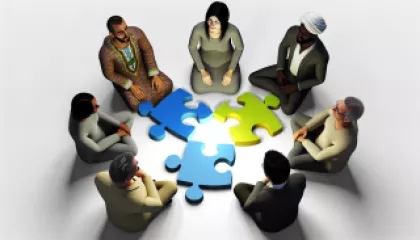How Can Schools Effectively Prevent Bullying?
1 year ago
Bullying Prevention
Mastering Body Language: The Comprehensive Guide
1 year ago
Body Language Basics
The Psychological Impact of a Digital Nomad Lifestyle
1 year ago
Digital Nomad Psychology
Unraveling the Psychology of Belief: Why We Hold Our Convictions
1 year ago
Psychology of Belief
The Crucial Role of Trust Building in Strengthening Relationships
1 year ago
Trust Building
10 Effective Strategies for Resolving Relationship Conflicts
1 year ago
Navigating Relationship Conflicts






